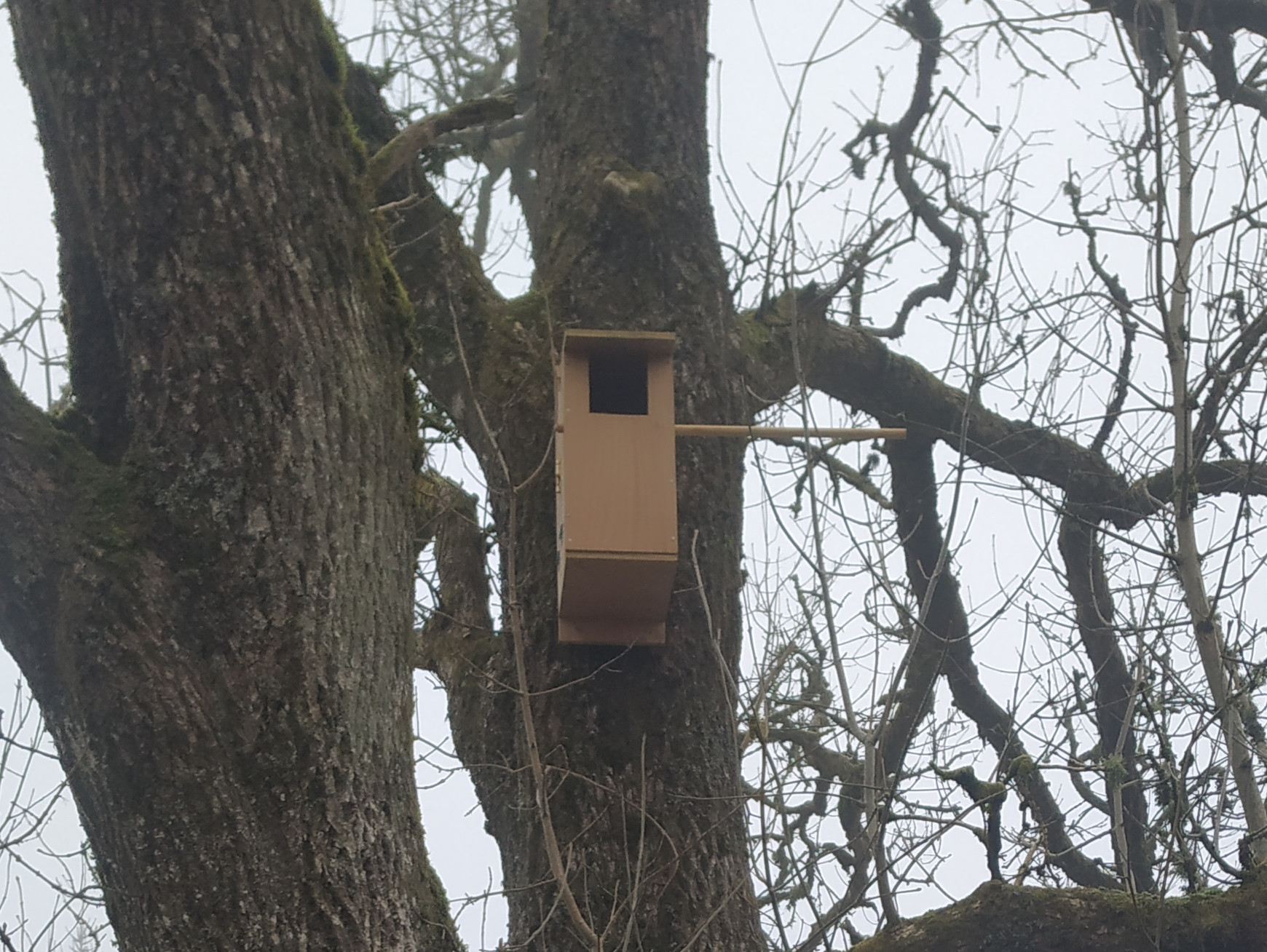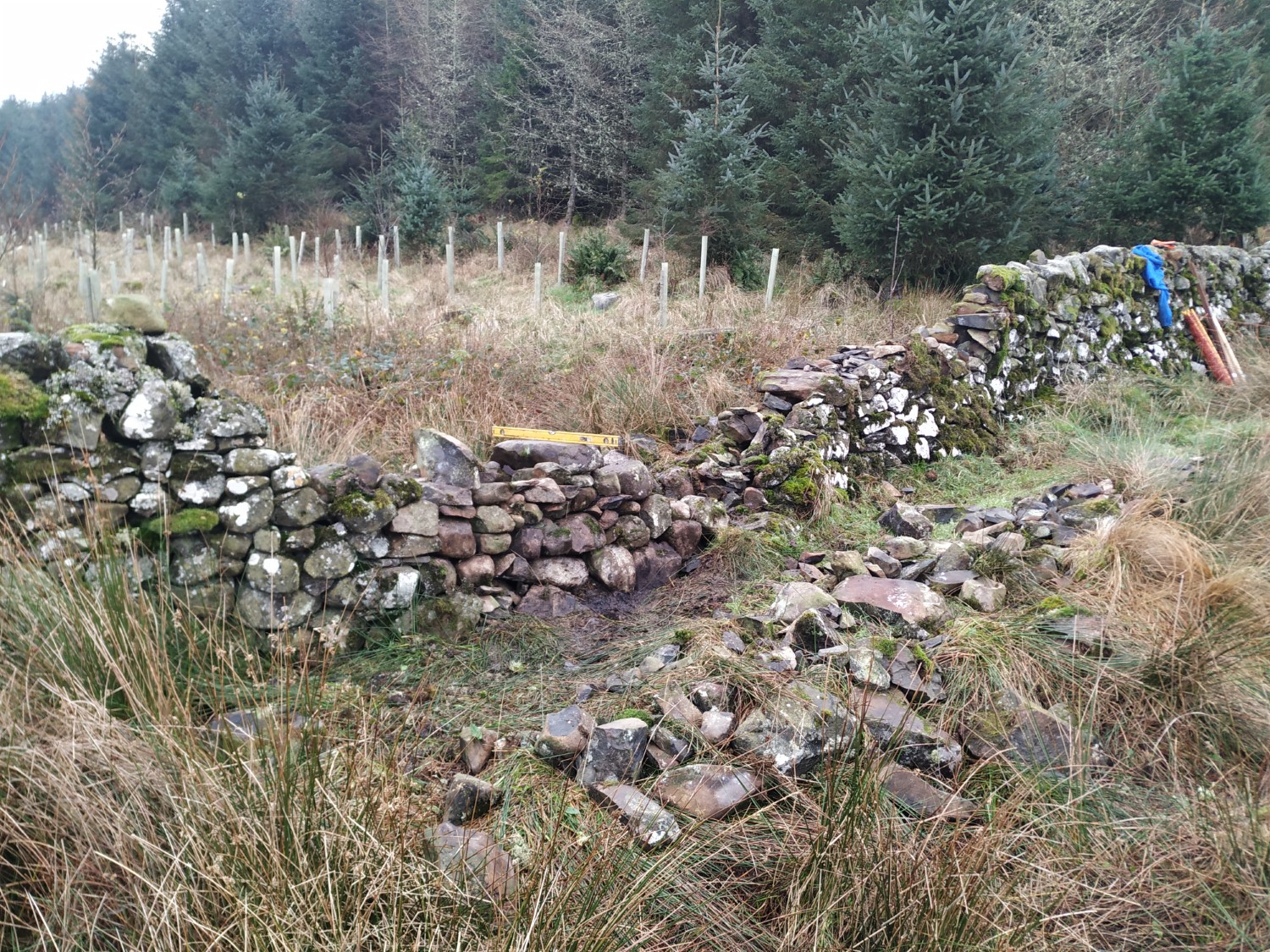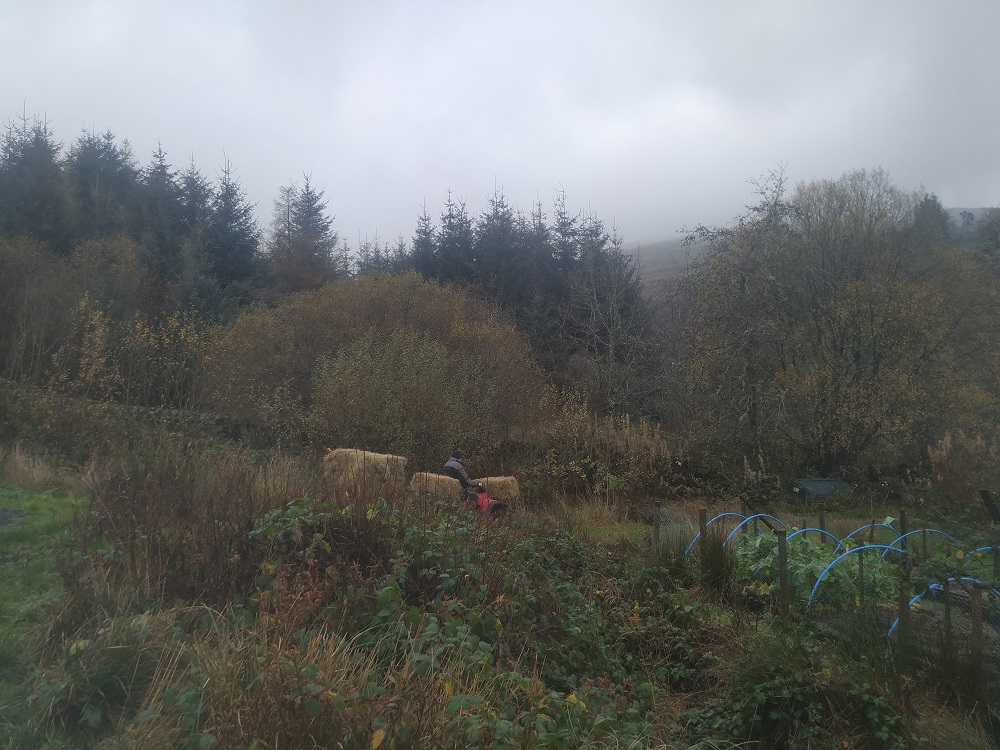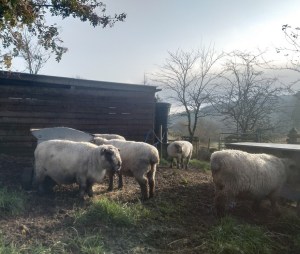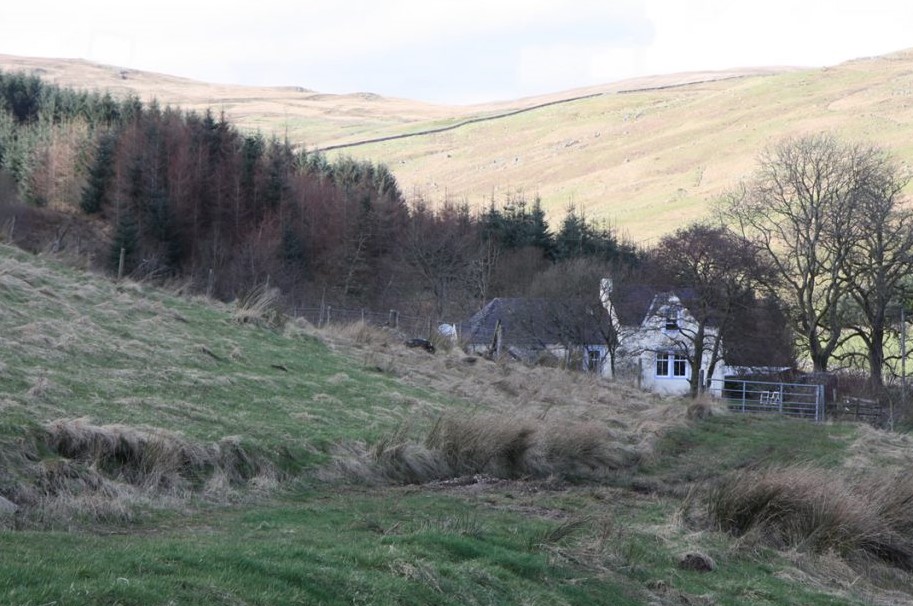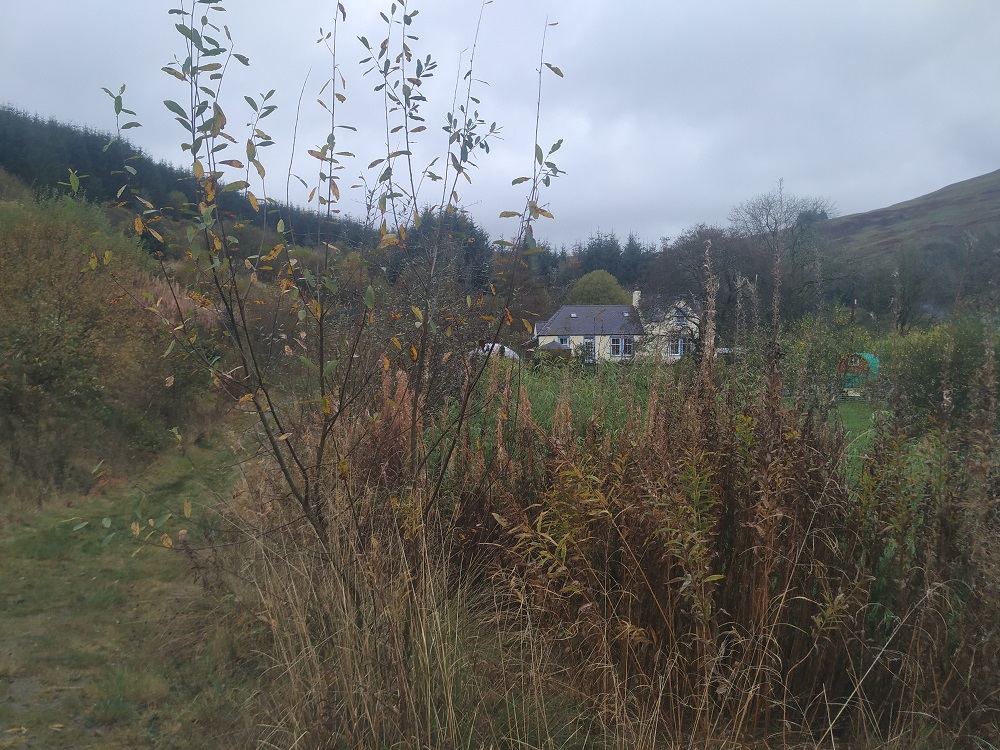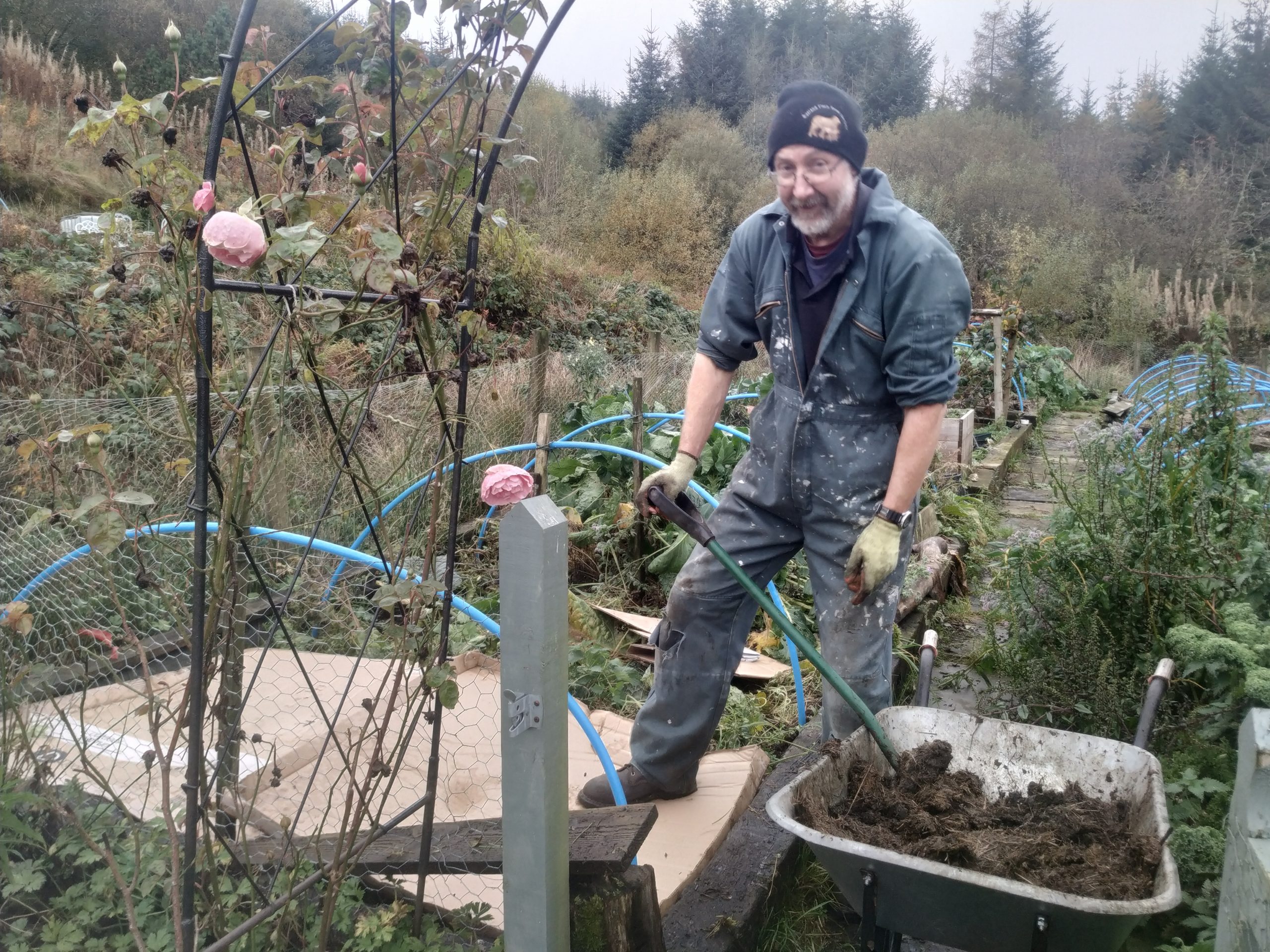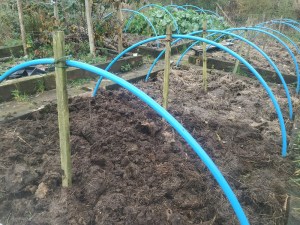
Ten days ago I wrote a story about our hen Pepper who had a problem with her crop which wasn’t emptying properly.
Since I whisked her into the vets for an operation at the beginning of January (where the vet found nothing untoward), we’ve been scratching our heads wondering what could be causing poor Pepper’s crop problems.

Since her operation, Pepper’s been convalescing in the kitchen in a dog crate where she can stay warm and safe until she gets better.
Since my last story and after chatting with the vet, we’ve given Pepper “Flubenvet” which is a poultry wormer, in a little dropper into her beak over the course of seven days. The vet didn’t think she had worms, but said worming her wouldn’t do her any harm. We were willing to try anything. We also gave her “Beryl’s Friendly Bacteria” which is especially for hens to help her post-antibiotic tummy.
Pepper doesn’t have much appetite but every day she eats a small amount of chick mash, scrambled eggs or porridge and drinks some water. We massage her crop daily and monitor her droppings. Each morning we check her crop to see if it has emptied overnight. Pepper’s crop continues to feel like a ping pong ball in the mornings but she seems relatively perky and continues to have some appetite. She’s still going to the toilet despite her blockage which means that some food must be passing through.
We continue to hope. However, Pepper’s morning crop situation is worrying and every day at 7.30am when we give her fresh bedding and her morning cuddle we desperately hope to find her crop empty. A chicken’s crop is like a storage bag, it sits under the right breast and fills up during the day as the hen goes about her business foraging. Food collected in the crop then trickles into the gizzard and then on into the digestive system. By morning the crop should be empty and the hen house full of droppings from the previous day’s foraging.

Over the days Pepper hasn’t made a lot of progress but seems perky-ish and enjoys daily trips to the polytunnel where she has an hour or so to stretch her legs and scratch for worms. We were so happy to see her eating worms and scratching around the first time we took her in.
Last weekend Pepper turned a corner. On Saturday morning her crop had emptied, I jumped for joy! Pepper spent Saturday and Sunday looking much happier and more lively and really enjoyed herself in the polytunnel. If it wasn’t for the fact that underneath her feathers she was very thin, Pepper looked for all the world like her old healthy self.
Sadly though, since last weekend, Pepper’s perkiness has started to wane. She has become more tired and droopy as each day has passed. Her crop has gone back to feeling like a ping-pong ball again in the mornings and Adrian and I are preparing to say goodbye to our dear feathered friend.

I carried Pepper into the polytunnel today but she just stood on the soil and closed her eyes.
I brought her back indoors and gave her some beetroot soup with a dropper but she has spent most of today asleep. She is getting more wobbly on her legs and we have to take care when placing her back in her dog crate hen house so that she doesn’t topple over.
We are making her as comfortable as we can and keeping her hydrated, but sadly Pepper is fading. There is only so much we can do.




